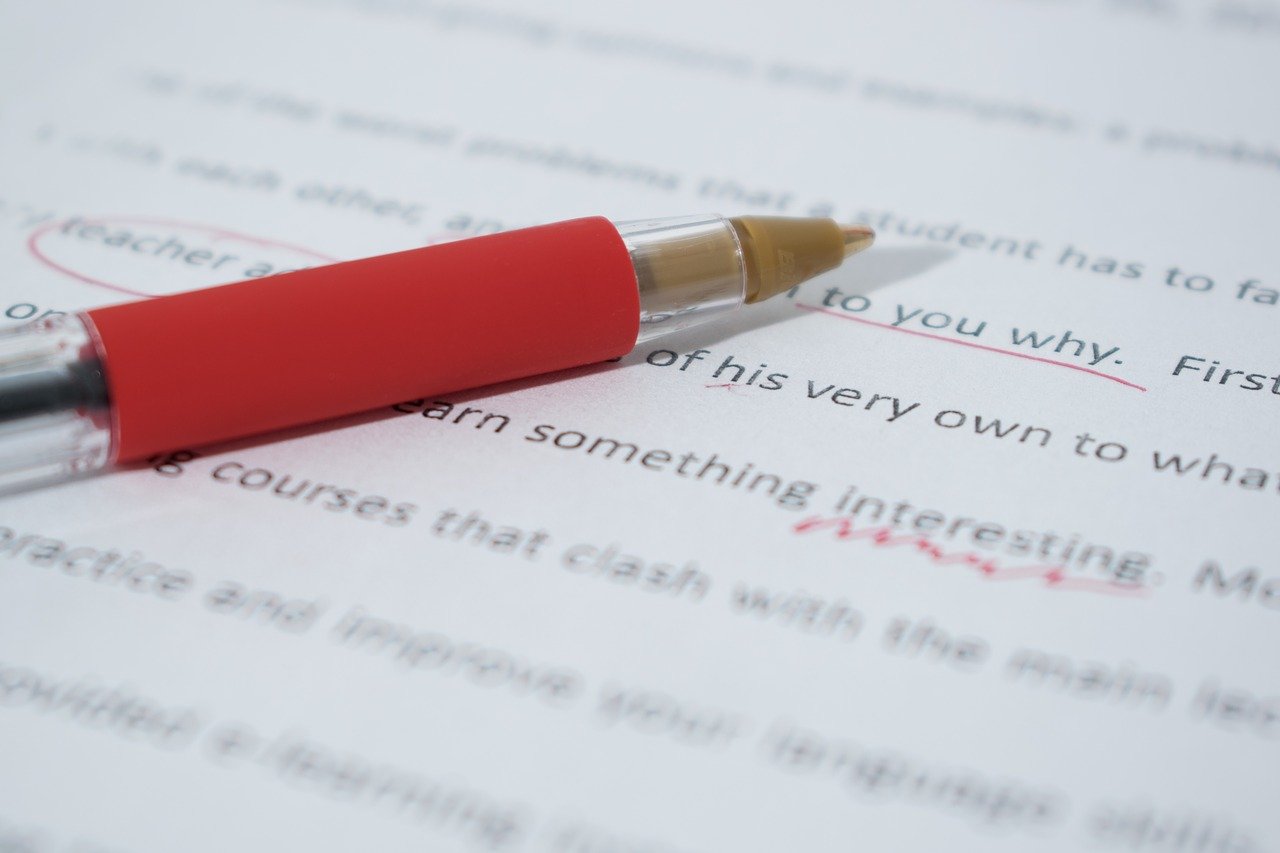
I’m regularly asked to revise other people’s translations and I work with a revision partner for much of my own translation work. It isn’t always comfortable seeing what a colleague suggests changing. After all, I’ve done my best to convey the meaning and message in my translation. Everyone has their own unique way of expressing themselves, and the same goes for translators. However, I might have misunderstood something in the source text or not spotted a typing mistake, so it’s good to have a colleague cast their eye on my work too. I’m always eager to learn and I attend a good number of workshops and webinars each year to further develop my skills as a translator, copywriter and editor. So when the opportunity arose in 2020 to attend a SENSE workshop entitled Best practice for revising translations given by the translation revision guru Brian Mossop (the author of Revising and Editing for Translators, 4th edition), I didn’t have to think twice.
What did I learn?
During the workshop we discussed revising our own translations as well as translations written by colleagues. We revise our writing, and that includes translation, because everyone makes mistakes. When revising, we read the text as if we are the end reader. If we notice something doesn’t read smoothly, that’s what we should correct. It’s a fact that different people notice different problems. What sounds okay to me might jar in someone else’s ears.
As a techy sort of person if there’s a tool that will help me and speed up my work, I’ll use it. I have two main tools I use for checking my work, PerfectIt to check consistency and enforce style rules, and TextAloud, a text to speech engine so I can hear what I’ve written. These tools help me eliminate things a spelling checker won’t find. For example, in haste I might type form when I meant to type from!
Revising my own work
When I revise my own translations, I check I’ve understood the source text properly and rendered it correctly in good English, in a style to suit the client’s intended audience. Naturally, I check all the numbers, I find and fix my own typos, improve the flow and ensure the spelling and grammar is all correct. If I change my mind and think of a better expression for something, I’m free to change my own writing.
Revising another translator’s work
When I’m revising someone else’s translation work, I think carefully before using my red pen. Just as for my own work, I check the meaning of the source text is properly conveyed in good English and in a style to suit the client’s intended audience. I put myself in the position of the end reader. I will not be looking to make unnecessary changes, but I will make a change if I spot something that’s clearly a mistake or I can improve the rhythm and flow of the text, and so help convey the message even better.
My five revision guidelines
I’ve summarised my key learnings from the workshop in the following five revision guidelines I’ve written for myself.
- I justify the changes I make.
If I can’t justify a change to the translation I’m revising, then it probably isn’t really necessary. It’s not good enough to rewrite a sentence just because I think it sounds better that way. Categories of changes that are justified include: the meaning is ambiguous, the sentence structure is confusing, there’s a grammar or terminology issue, the writing is too informal or has the wrong tone. - I don’t impose my writing style on the translation.
Some translators translate more literally and some more freely and there’s an acceptable range. I must also consider whether the degree of translation freedom taken is appropriate for the type of document and the target audience. I want to avoid imposing my style on someone else’s work. - I avoid retranslating.
I think it’s better to make a small change to the translation rather than rewrite the whole sentence. I take pride in my work and want to see as much of it as possible back after revision, so I try to do that for my colleagues too. - I go along with the translator’s choices if making changes requires significant effort.
A translator may have chosen to write in the passive voice where I would normally write in the active voice.
Passive: New production methods were introduced by the company last month.
Active: Last month the company introduced new production methods.
It would take considerable effort to make these kind of changes throughout a document. I think a better solution is to make a note and allow the translator to make the appropriate changes themselves. - I don’t impose my personal preferences.
Many words and phrases have synonyms, for example ‘bear in mind’, ‘keep in mind’ ‘take into account’, ‘take into consideration’, ‘remember’. Which is the best to use? That’s a decision I leave to the translator.
These points are top of mind when I’m revising a translation. We’re human and we can all make mistakes, which is why revising makes sense.
This blog post was originally published on the Translatext blog.